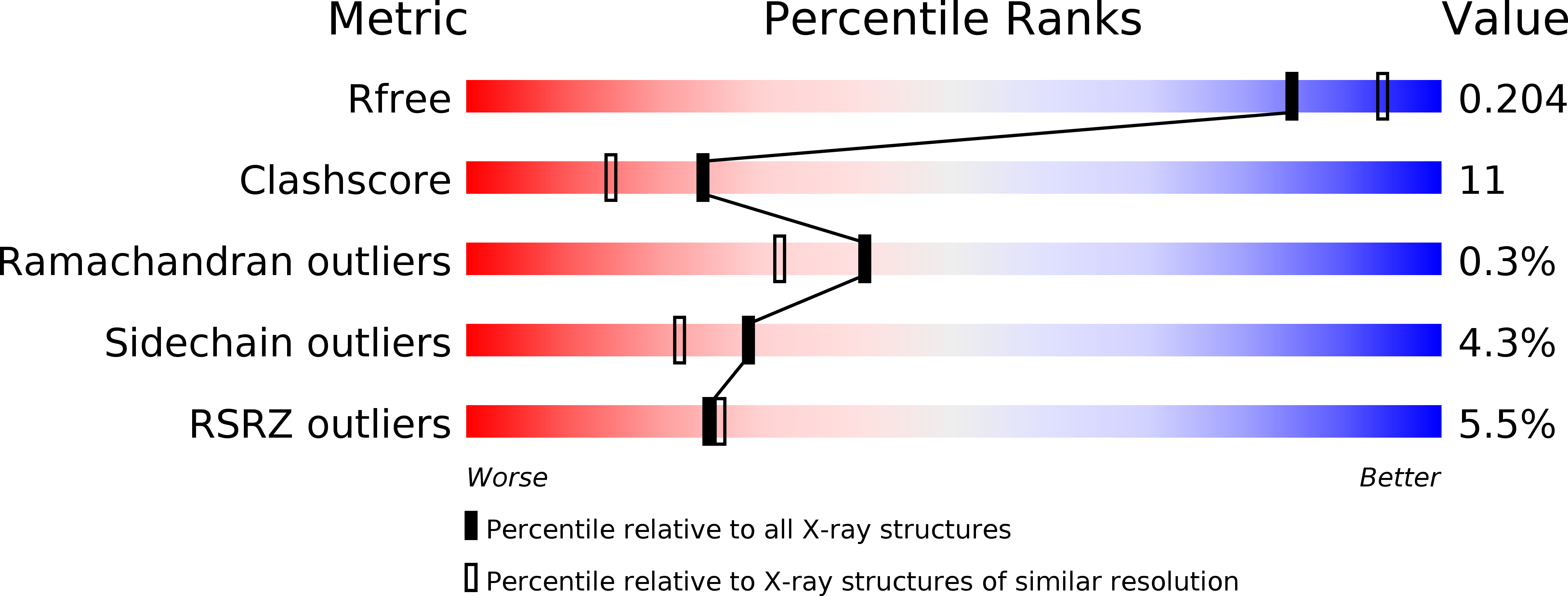
Deposition Date
2013-03-16
Release Date
2014-05-14
Last Version Date
2023-09-20
Method Details:
Experimental Method:
Resolution:
2.06 Å
R-Value Free:
0.20
R-Value Work:
0.16
R-Value Observed:
0.16
Space Group:
P 21 21 21


